Tamarindus indica belongs to the monotypic genus Tamarindus (Caesalpinoideae) Tamarind is a diploid species with chromosome number of 2n=24 (x=12) (Purseglove, 1987 quoted by Gunasena and Hughes, 00) It is a spiny, large, evergreen tree reaching up to –30 m in height having a spreading crown up to 12 m in diameter with a good shady canopyThe tamarind tree (Tamarindus indica) is the only species of this genus, which belongs to the Fabaceae family and subfamily Caesalpinioideae Regions Favorable to the Growth of Tamarind Tree The species is native to the dry tropical regions of East Africa, and they are found between 0 and 700 m and up to 1500 m in altitudeUwamariya, A and Kone, B Improving Rural Livelihoods through

Bark On Tamarind Tree Trunk Stock Photo Download Image Now Istock
Tamarindus indica origin
Tamarindus indica origin-Widely planted throughout tropical regions worldwide Tree Size 5080 ft (1524 m) tall, 23 ft (61 m) trunk diameter Average Dried Weight 53 lbs/ft 3 (850 kg/m 3) Specific Gravity (Basic, 12% MC)68, 85 Janka HardnessTamarindus indica (Tamarind) Large evergreen shade and specimen tree, dense green grey foliage, tangy edible fruit eaten raw or used in cooking Useful for shade, parks and rural properties
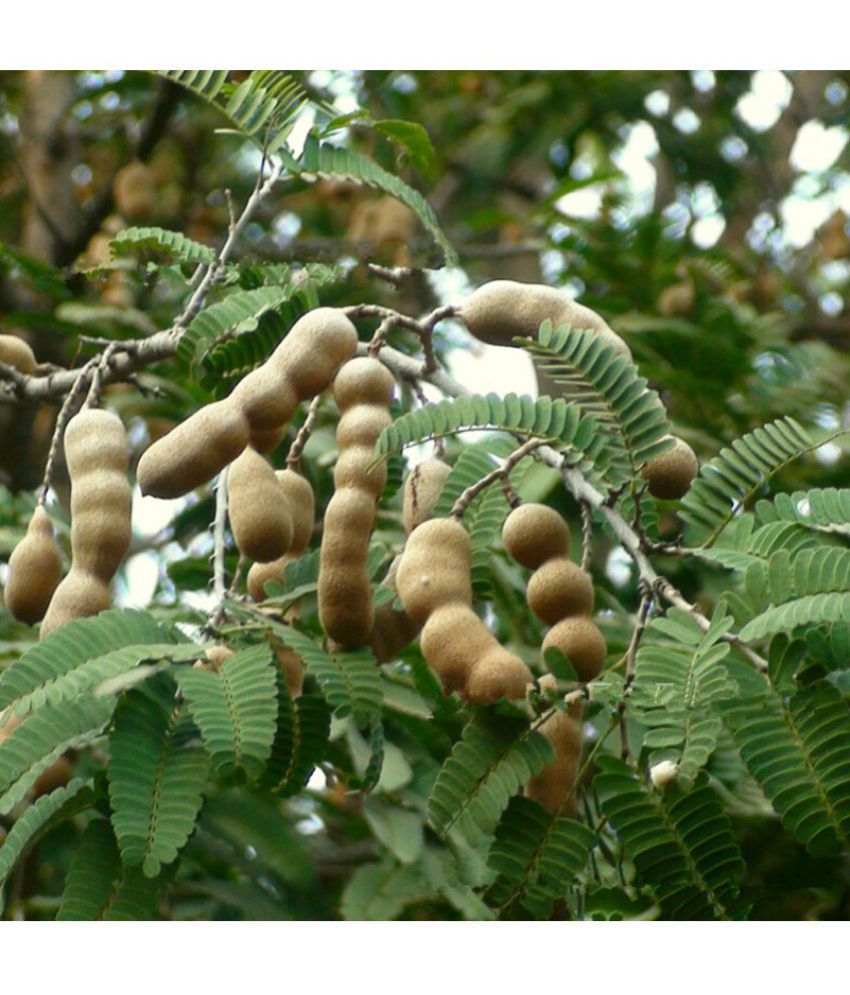


Creative Farmer Fruit Seeds Tamarind Imli Or Tamarindus Indica Tree Fruit Seeds Fruit Plant Seeds Bonsai Suitable Fruit Seeds Kitchen Garden Pack Buy Creative Farmer Fruit Seeds Tamarind Imli Or Tamarindus Indica
The tamarind is a slow growing but long lived tree reaching up to 30 metres It is highly wind resistant with strong graceful branches with rough fissured bark The fruits look like beans and are borne in great abundance along the new branches They range from 5cm in length and can be from 23cm in diameterWild edible plants of Assam by Sri Brahmananda Patiri and Sri Ananta Borah, published by the Director Forest Communication, Forest Department, Assam Curated for upload by Pranjal Mahananda (0 ratings) 0 (0 ratings) Hunselike leaf Contributors Kavitha, A, N13/06/13 · The Indian Tamarind Tree (Tamarindus Indica) known as "Puli" in Tamil is a member of the Leguminosae family It grows throughout India and can live to be 0 years or even more It can be seen in great numbers around Tiruvannamalai, lining the thoroughfares and roadways leading into the town The Tamarind tolerates a great diversity of soil types, from deep alluvial
Tamarind Tree Tamarindus IndicaFamily FabaceaeMostly planted in the homestead There is a common proverb to never plant tamarindus tree infront of house by ;Tamarindus indica has a HPWRA (Hawai'i Pacific Weed Risk Assessment) score of 3 (Low Risk) Native to Tropical Africa Family Fabaceae Previously listed in the Leguminosae family Tree Characteristics Rounded or Vase Shape Has Evergreen foliage Height 40 60 feet Width 40 50 feet Growth Rate 12 to 36 Inches per Year Leaves Pinnately Compound, Green, No Change,
Tamarind (Tamarindus indica) Common Name(s) Tamarind, Spalted Tamarind Scientific Name Tamarindus indica Distribution Native to tropical Africa;01/09/19 · The botanical morphology of the main features of Tamarindus indica (a) Tamarindus indica tree growing in Eastern Uganda (b) Greyish stem bark of T indica (c) Alternate, compound, opposite leaflets leaf of T indica (d) T indica flowers (e) T indica fruits (f) Rustybrown pulp of T indica (g) Irregularly shaped, shiny, and smooth seeds of T indica with very hard testa ThisThe tamarind, a slowgrowing, longlived, massive tree reaches, under favorable conditions, a height of 80 or even 100 ft (2430 m), and may attain a spread of 40 ft (12 m) and a trunk circumference of 25 ft (75 m) It is highly windresistant, with strong, supple branches, gracefully drooping at the ends, and has darkgray, rough, fissured bark



Tamarind Tree In Garden Tamarindus Indica Tree Stock Photo Picture And Royalty Free Image Image



Creative Farmer Fruit Seeds Tamarind Imli Or Tamarindus Indica Tree Fruit Seeds Fruit Plant Seeds Bonsai Suitable Fruit Seeds Kitchen Garden Pack Buy Creative Farmer Fruit Seeds Tamarind Imli Or Tamarindus Indica
25/02/21 · Tamarindus indica, tamarindo, tamarin, tamarinier, tamarinier des Indes, tamarindier, tamarinde, sampalok, asam jawa, ambli, imli, chinch, makharm amarind is a slowgrowing tree if you are to grow it to it's true adult size, But grown indoors as a bonsai it will grow much quicker which I can prasume is due to the warm tempratures in the homeFind the perfect tamarind tree tamarindus indica stock photo Huge collection, amazing choice, 100 million high quality, affordable RF and RM images No need to register, buy now!From the sausageshaped fruits of the tamarind tree comes the sticky acidic pulp that has been used as a food ingredient for thousands of years Tamarind fruits were traded widely in ancient times Records from the eastern Mediterranean show Tamarindus indica was already in cultivation there in the fourth century BC



Tamarind Tree In Garden Tamarindus Indica Tree Stock Photo Picture And Royalty Free Image Image



Openplants A Giant From Thailand Tamarind Tree Transplanted Within Hortpark
Botanical nomenclature Tamarindus indica Common name Tamarind Family Fabaceae A mediumsized to large, mostly evergreen tree that can reach 30 m in height with feathery foliage, thought to originally be native to savanna and woodlands in the drier regions of tropical Africa but widely cultivated today all around the world for its fruit which yields a sweet and sour pulp that is01/01/11 · Tamarindus indica L, commonly known as tamarind, is a multipurpose longlived tree best known for its fruit It is indigenous to tropical Africa and exotic to Asia and Central America India and Thailand are the major tamarind world producers, generating 300 000 and 140 000 tons annually, respectivelyTamarindus indica L, commonly known as the tamarind tree, is one of the most important leguminous tree species This chapter describes the origin,



Tamarind Tree In Garden Tamarindus Indica Stock Photo Picture And Royalty Free Image Image


Tamarind Indica Tree
13/06/19 · Tamarindus indica is a large tree with a wide geographical distribution Although the origin of this species is not fully resolved, it is thought to originate in tropical Africa, but has been an ancient introduction to many countries The population isTamarindus is a monotypic genus and belongs to the subfamily Caesalpinioideae of the family Leguminosae (Fabaceae), Tamarindus indica L, commonly known as Tamarind tree is one of the most important multipurpose tropical fruit tree species in the Indian subcontinent Tamarind fruit was at first thought to be produced by an Indian palm, as the name Tamarind comes from aTamarindus indica a moderate sized to large, evergreen tree, up to 2430mt in height and 7 m in girth, but generally smaller, cultivated or found naturalized almost throughout the plains and subHimalayan tracts of India, particularly in the South



Tamarind Tree Tamarindus Indica Free Photo On Pixabay



Tamarindus Indica Techieoldfox
Tamarindus Indica (tamarindus indica) Tamarind (Tamarindus indica) is a leguminous tree in the family Fabaceae indigenous to tropical Africa The genus Tamarindus is a monotypic taxon, having only a single species The tamarind tree produces edible, podlike fruit which is used extensively in cuisines around the world Other uses include traditional medicine and metal/07/ · The tamarind tree (Tamarindus indica) is grown as a commercial crop in warm climates, and it's also grown for its value as a large shade tree Although its native habitat is across tropical regionsA young monk climbs a tree to pick tamarind (Tamarindus indica) at the Buddhist monastery in Muang Houn, Laos, a town that will be completely inundated by Dam #5 Tamarindus indica, Tamarind fruit pods growing on a tree Tamarind, Tamarindus indica, also Indian date
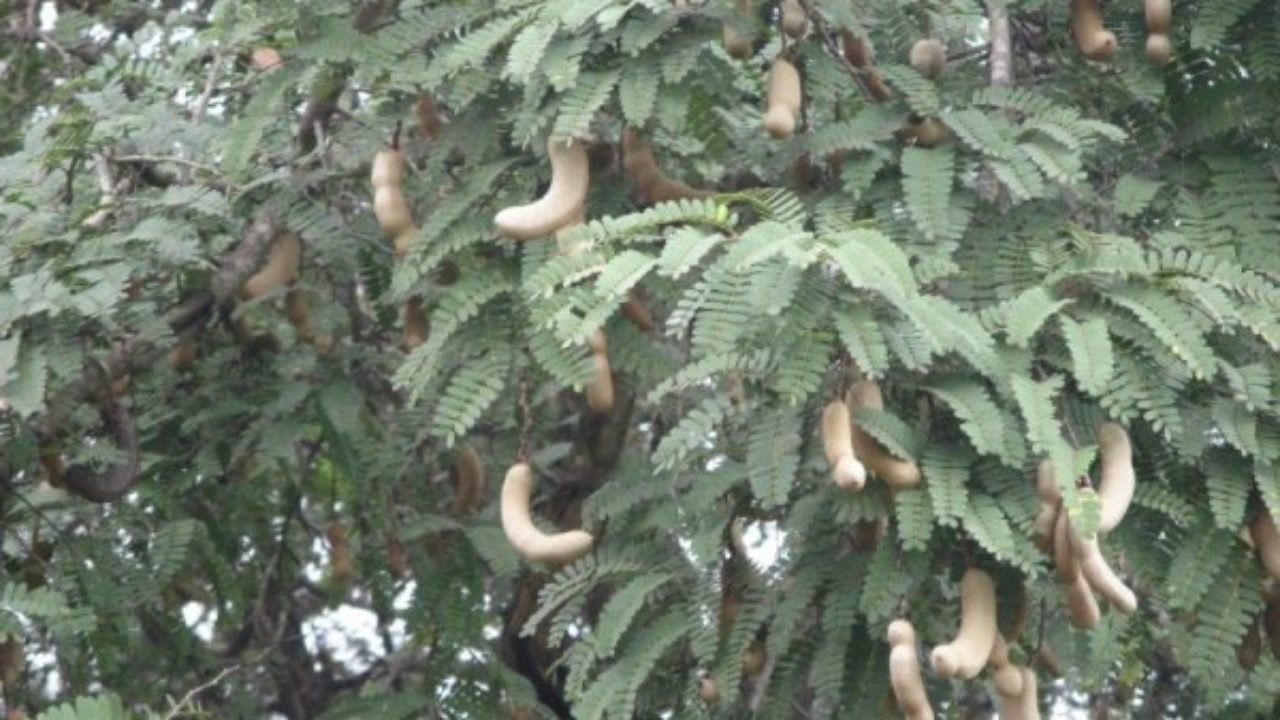


Tamarind Tree Itslife In


Tamarind Tree How To Plant Grow Harvest Tamarind
01/06/11 · Tamarind (Tamarindus indica L) is a multipurpose, tropical fruit tree originating in Africa Although the main commercial production of tamarind fruits takes place in Asia and America, tamarind plays an essential subsistence role in rural West Africa This study highlights the importance of tamarind in traditional diets of rural communities in Benin, Mali and SenegalA large tree to 30 m, with an extensive dense crown The short bole can be 1 m in Tree Database A tree species reference and selection guide Tamarindus indica wwwworldagroforestryorg;24/01/ · Tamarindus indica, Tamarind Tamarind is a tropical tree planted in south Florida and in other warm climates for its delightful shade and soft texture Although the tree has a tendency to produce multiple trunks with included bark wedged between them, this problem can be overcome with regular pruning when the tree is young Space branches along a central trunk and keep



Tamarind Tree Image Photo Free Trial Bigstock



Tamarindus Indica Tamarind Sampalok Flora Toskana
Tamarind (Tamarindus indica) is a leguminous tree in the family Fabaceae indigenous to tropical Africa The genus Tamarindus is a monotypic taxon, having only a single species The tamarind tree produces podlike fruit, which contain an edible pulp that is used in cuisines around the world Other uses of the pulp include traditional medicine and metal polish The wood can be used forTamarindus indica, commonly known as tamarind, is a frostfree, tropical evergreen tree that typically grows to 4060' (less frequently to 90') tall It is native to eastern Africa, but is now commonly grown and in some cases has naturalized in a number of tropical to subtropical areas around the worldTamarind tree is very widely distributed in the Indian subcontinent, and is a favorite among gardeners since it's a goodlooking tree This tall, majestic tree can reach a height of about 30 meters with a heavily branched crown that can spread up to 12 meters The trunk is darkgrey and rough, with fissures running along the length of it


Tamarindus Indica Tamarind The Exotic Seed Emporium



Tamarind Tree Image Photo Free Trial Bigstock
25/08/15 · 12 Species Tamarindus indica Tamarind Overview Species Tamarindus indica L Tamarind (from Arabic, romanized tamar hindi, "Indian date") is a leguminous tree in the family Fabaceae indigenous to tropical Africa Tamarinds are evergreen tropical trees native to Africa They grow throughout tropical and subtropical regions of Africa, South Asia, South America and22/05/13 · The tamarind (Tamarindus indica) tree is native to tropical Africa It was introduced eons ago to India Indians adopted it so well that it became (almost) indigenous to their country The name originates from a Persian word called tamarIhind (which means 'Indian date') It is called 'tamarindo' in Spanish and Portuguese and 'tamarin,' 'tamarinier,' 'tamarinier des IndesPrices and download plans Sign in Sign up for FREE Prices and download plans


Tamarindus Indica Tamarind Tree Richard Lyons Nursery Inc



300 Years Old Tamarind Tamarindus Indica Tree In Wadi D Flickr
Tamarindus indica L Tamarind (Tamarindus indica) is a kind of tree in the Fabaceae family It is found in Africa primarily the Sudan This page was last changed on 14 December , at 0218Estípulas diminutas, caducas Inflorescencias en racimos cortos de pocas flores, pedicelos 3 8Tamarindus indica is a large perennial tree often cultivated as ornamental and shade tree, for its valued timber and for its edible fruits Because of the tamarind's many uses, cultivation has spread around the world, mostly in tropical and subtropical zones



Tamarind Tree In Garden Tamarindus Indica Tree Stock Photo Picture And Royalty Free Image Image



Fresh Green Tamarindus Image Photo Free Trial Bigstock
Photo about Tamarindus indica tree in nature garden Image of green, outdoor, environmentThe sweet tamarind (Tamarindus indica) is a fruit tree from Africa that grows up to 80 feet tall in its native environment, but only reaches heights of 15 to 25 feet when grown in the United States14/04/21 · Tamarind, (Tamarindus indica), evergreen tree of the pea family (Fabaceae), native to tropical Africa It is widely cultivated in tropical and subtropical regions for its edible fruit, the sweet and sour pulp of which is extensively used in foods, beverages, and traditional medicines



Tamarind Fruit Tamarindus Indica Leguminous Royalty Free Stock Photo Avopix Com



Tamarindus Indica L By Dharanidharan Arumugam On 2 June 15
Tamarindus indica L, Sp Pl 34 1753 Arboles, hasta 15 m de alto, inermes, corona ampliamente patente Hojas paripinnadas, 4 12 cm de largo, glabras;07/10/15 · Tamarind is a slowgrowing tree It's able to reach a height of 25 m and a circumference of 7 m, very longlived, in fact, it can survive for more than 300 years Tamarind leaves are evergreen, like pinnate up to 15 cm long consisting of 10 – 12 pairs of leaflets Its leaves somewhat looks like acacia leaves/07/16 · Tamarind is a hardwood tree known scientifically as Tamarindus indica It's native to Africa but also grows in India, Pakistan and many other tropical regions The tree



Multi Centennial Tanarind Trees Tamarindus Indica By Thibaud Aronson Jungledragon



Tamarind Tree 10 Seeds Seed Bonsai Tamarindus Indica Hirt S Gardens
Folíolos 7 21 pares, oblongos, 06 24 cm de largo y 04 09 cm de ancho, ápice redondeado o retuso, base oblicuamente obtusa a subtruncada;Tamarindus Species, Indian Date, Tamarind Tree Tamarindus indica more photos VIEW GALLERY View gallery Family Caesalpiniaceae (sesalpineeAYseeee) Genus Tamarindus (tamuhRINdus) Species indica (INdihkuh) Synonym Tamarindus occidentalis Synonym Tamarindus officinalis Synonym Tamarindus umbrosa One vendor has this plant for sale 43Tamarind Tamarindus indica Fig 1 Ripe tamarind, Tamarindus indica Fig 2 Tamarind pod, pulp and seeds Fig 3 Amli leaves Leaves paripinnate up to 15 cm long, rachis slender, channeled, leaflets 10 pairs, subsessile, oblong
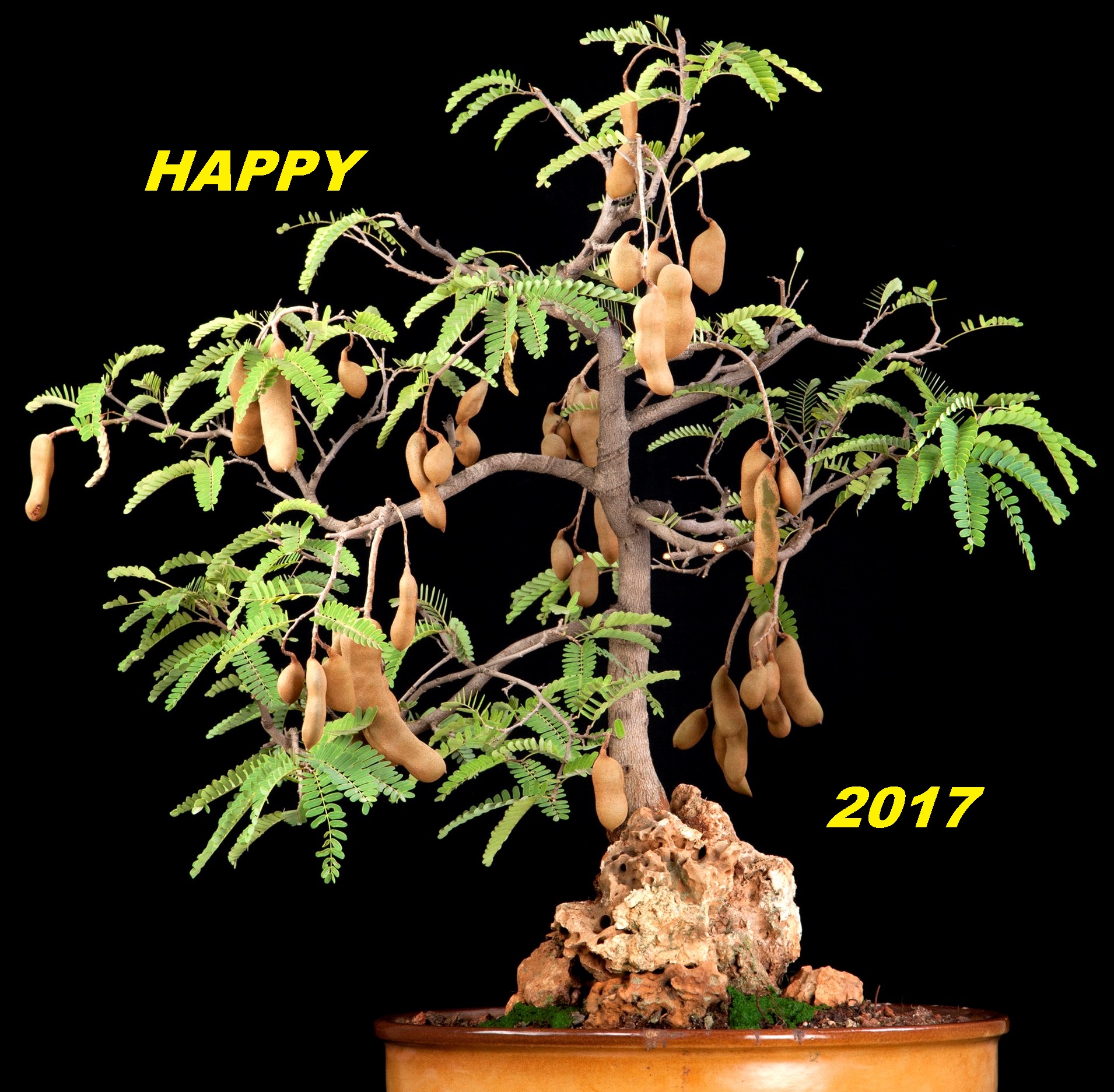


Tamarindus Indica Bonsai i



Characteristics Of Tamarind Tree Tamarindus Indica In The Wild Names Of Trees
Iwu, M M (1993) Handbook of African Medicinal Plants CRC PressConsumer ISBN X;



Tetul Tamarind Tamarindus Indica
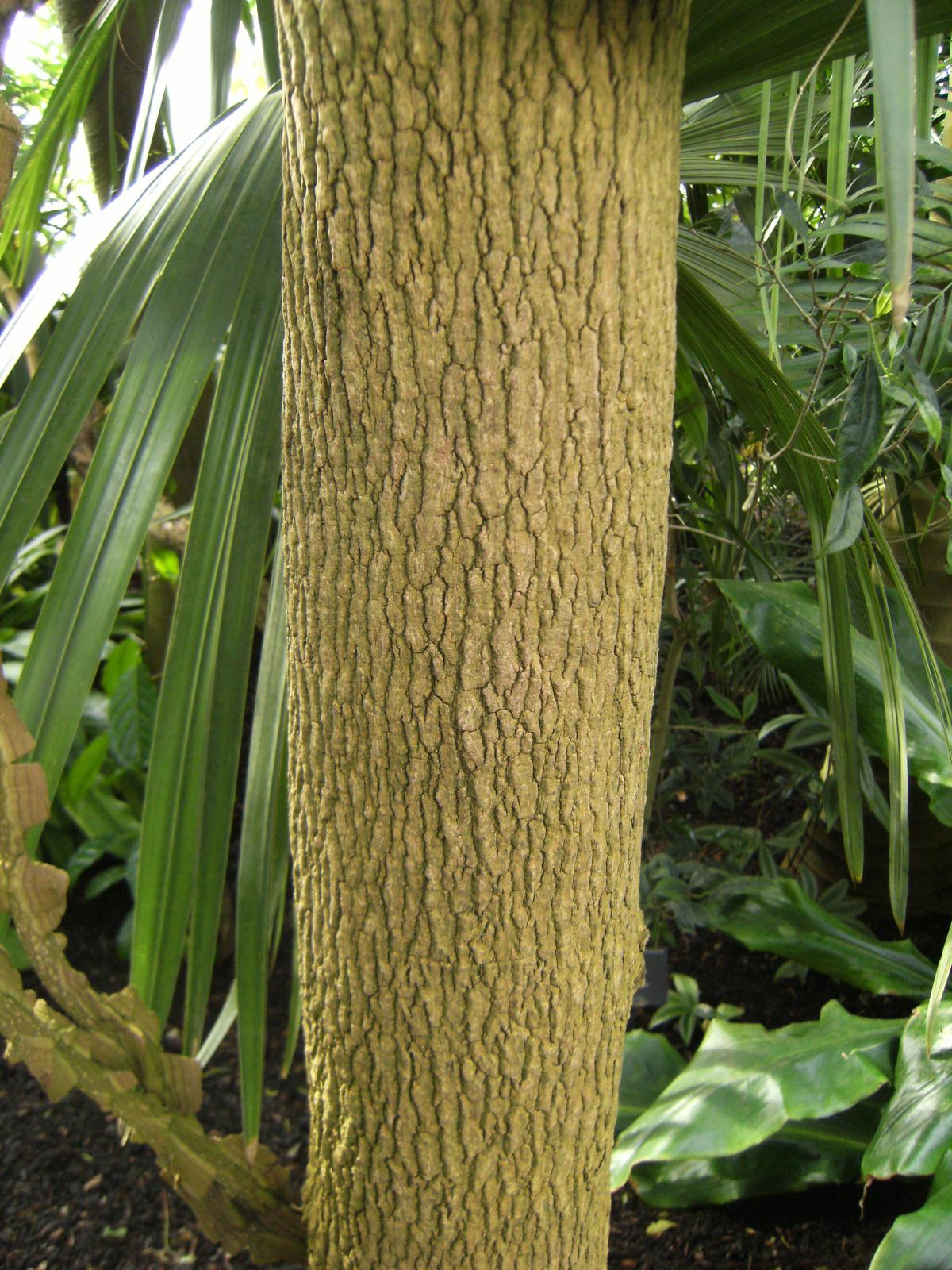


Tamarind Tamarindus Indica Feedipedia



Tamarindus Indica Tamarind Tree Seeds Rare Quality Seeds



Antique Print Tamarindus Indica Tamarind Tree Chomel 1800 Pictura Antique Prints
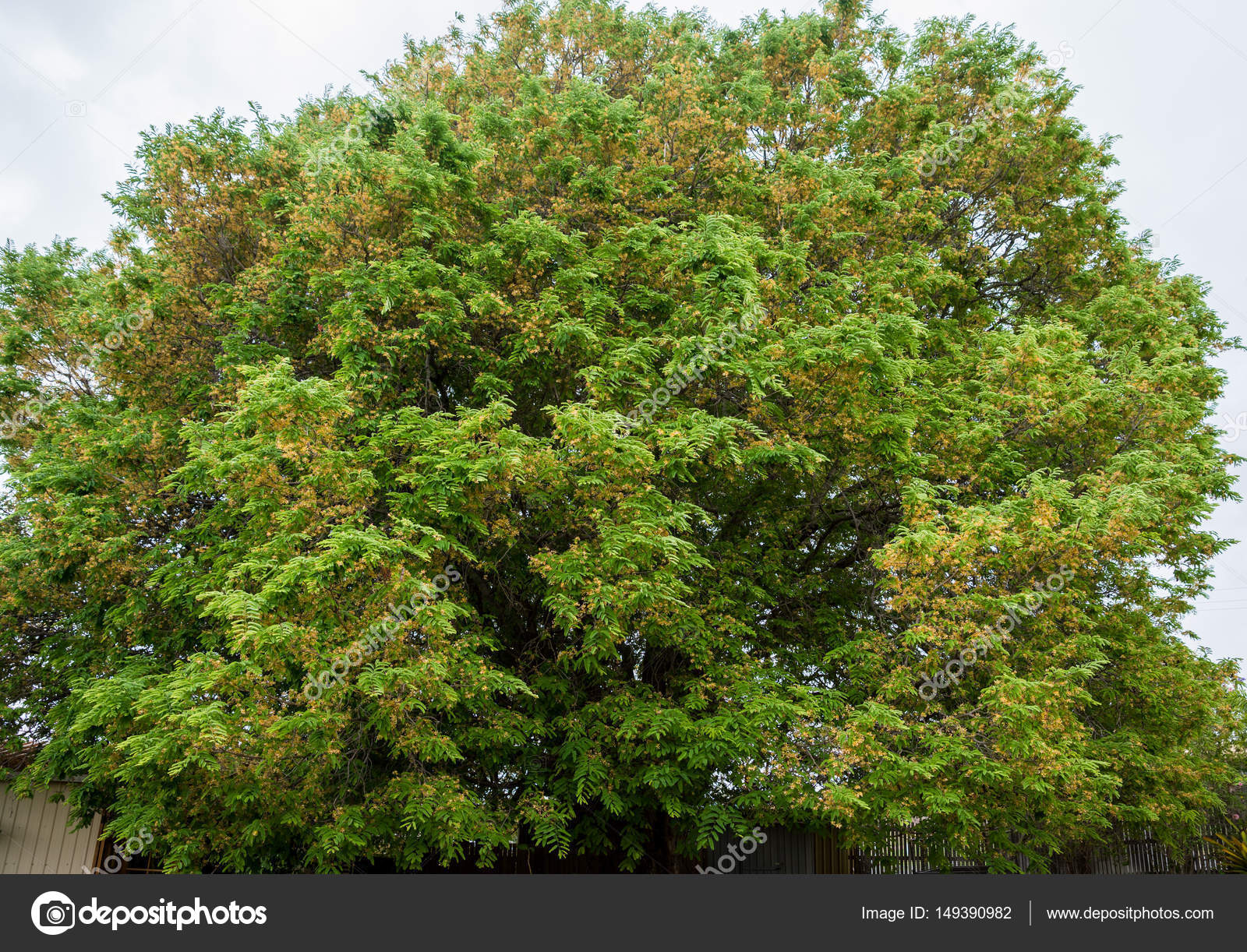


Huge Tamarind Tree Tamarindus Indica In Flower Stock Photo Image By C Shers
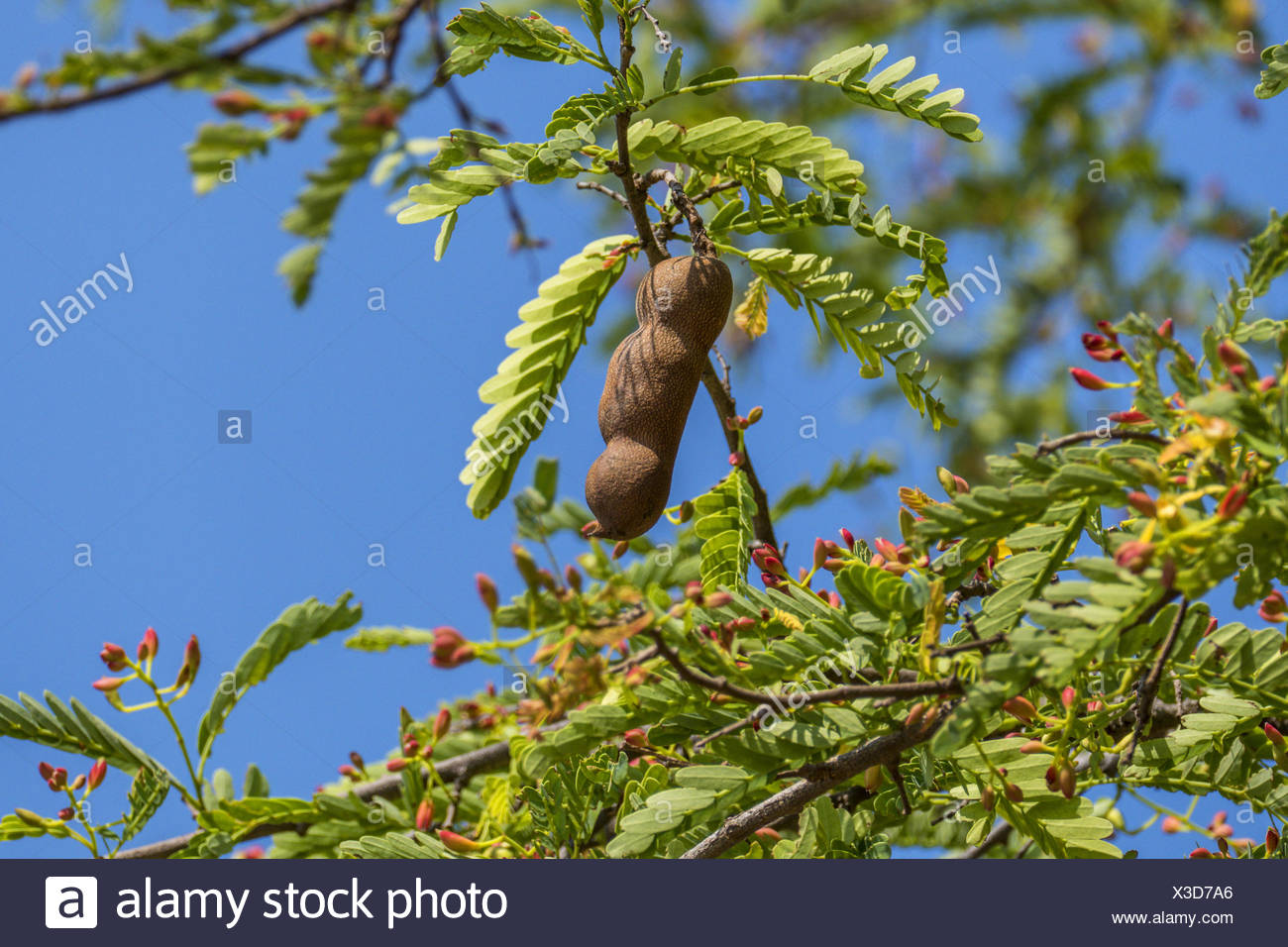


Tamarind Tamarindus Indica Sweet Tamarind On A Tree Thailand Chiang Rai Stock Photo Alamy
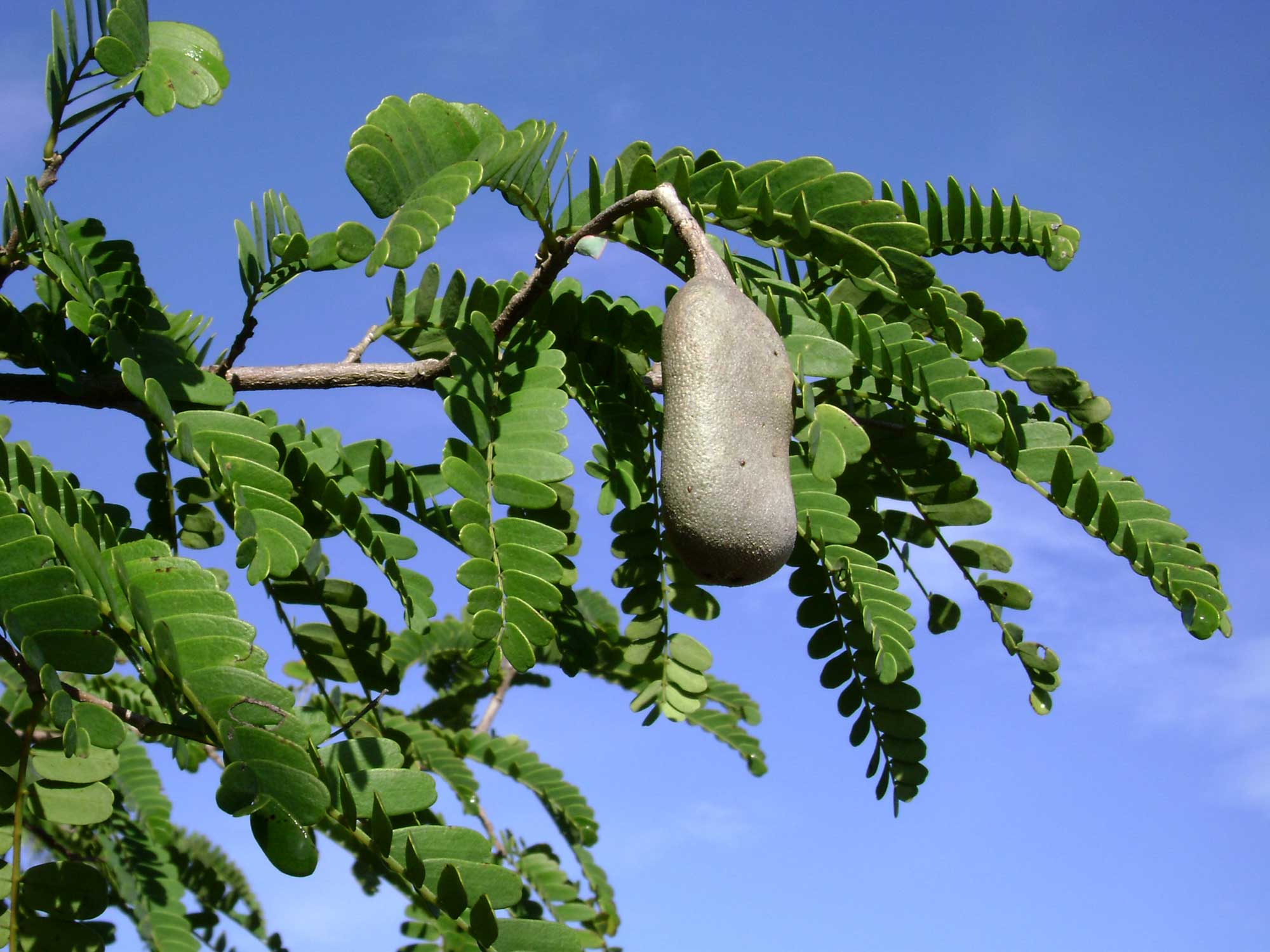


Tamarindus Indica Wikispecies



300 Years Old Tamarind Tamarindus Indica Tree In Wadi D Flickr
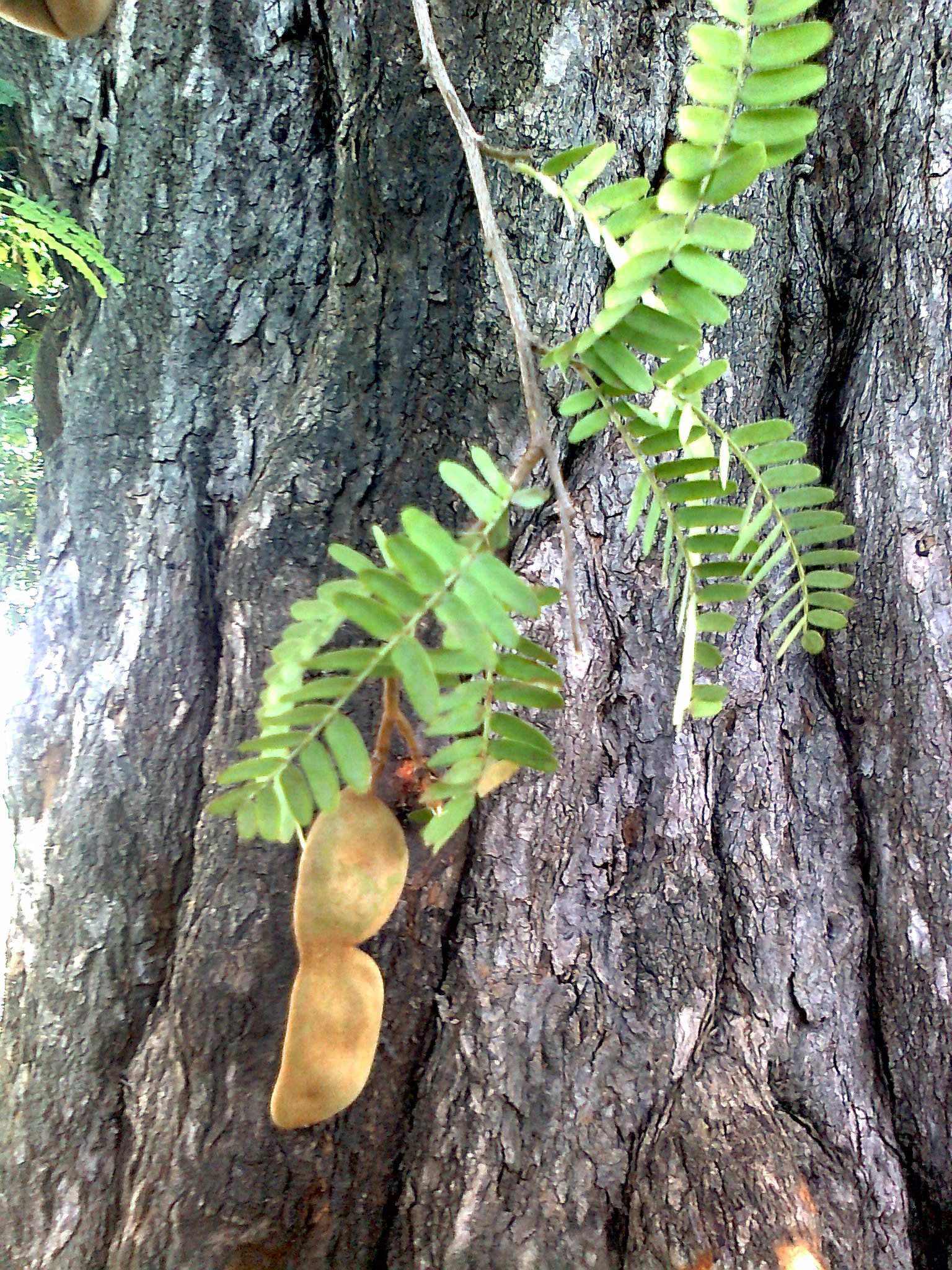


File Tamarindus Indica Tree Trunk Leaves Fruit Jpg Wikimedia Commons


Tamarind


Tamarind Tree Tamarindus India Free Image


Tamarind Tamarindus Indica In Farmland Top Left And Along A Dry Download Scientific Diagram



Tamarind Tree Seeds Tamarindus Indica



Wifndtu 10pcs Finest Organic Tamarindus Indica Seeds Delicious Tropical Fruit Garden Yard Plant Making It An For Gardeners Tamarindus Indica Seeds Buy Online In Aruba At Aruba Desertcart Com Productid



Tamarind Tree Tropical Tree In The Northeast Stock Photo Download Image Now Istock
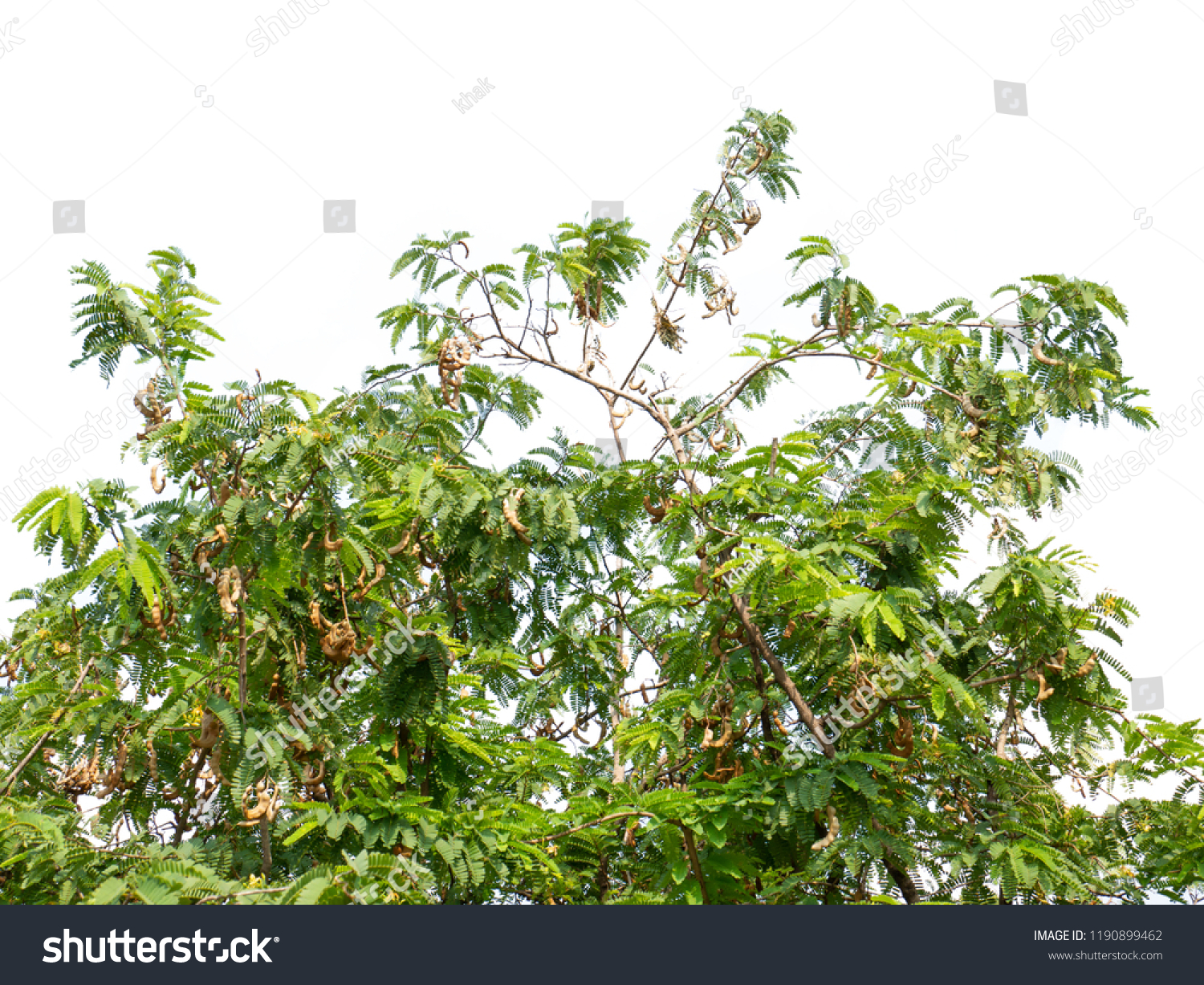


Tamarind Tree Tamarindus Indica Tropical Tree Stock Photo Edit Now



Tamarind Tree Tamarindus Indica Stock Image Image Of Natural Fresh



Bark On Tamarind Tree Trunk Stock Photo Download Image Now Istock


File Tamarindus Indica Tree Bhopal Jpg Wikipedia



Tamarind Tree In Garden Tamarindus Indica Stock Photo Picture And Royalty Free Image Image


Tamarind Tree Indian Date Maldives Bio Diversity
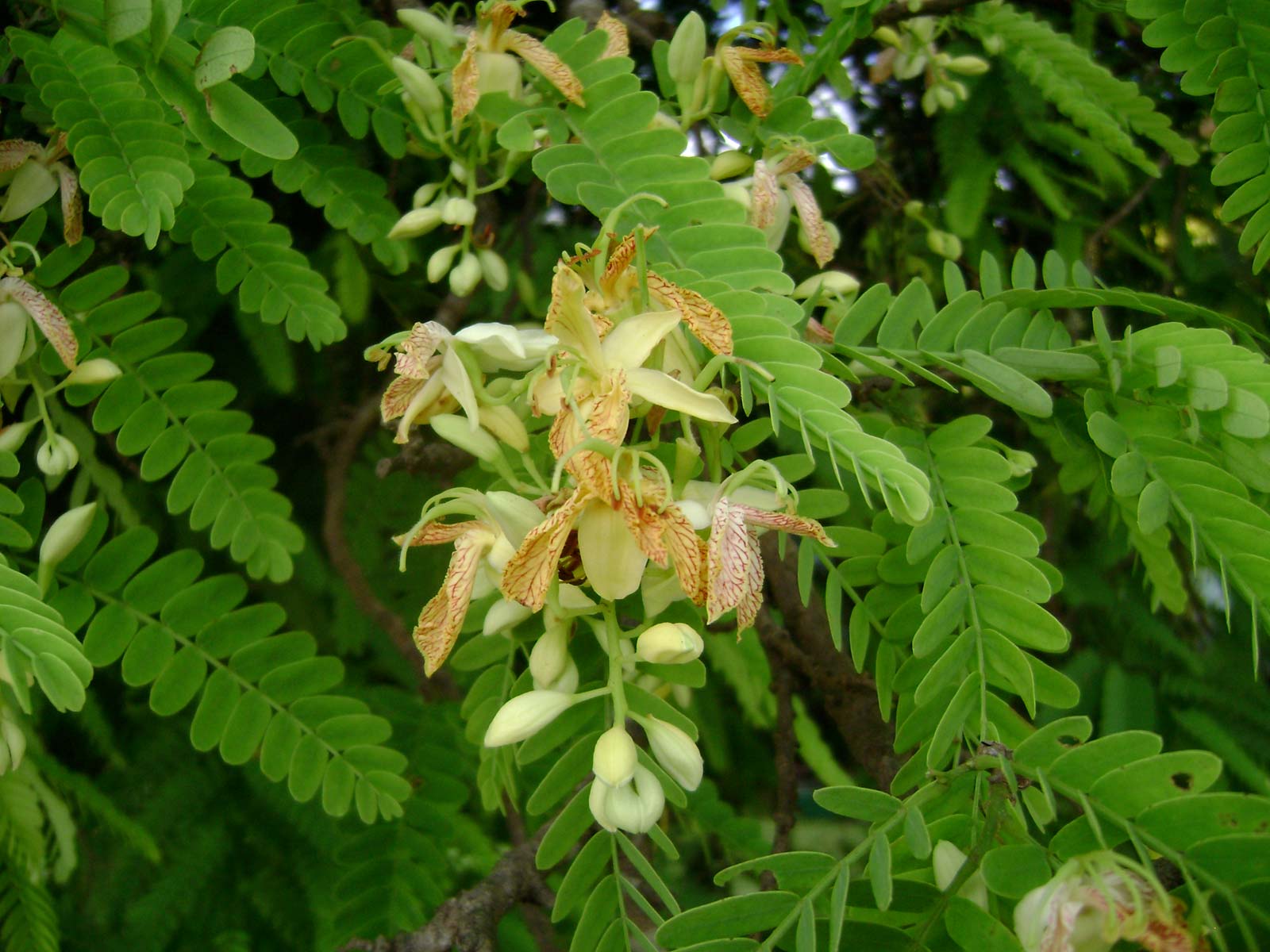


Tamarind Tamarindus Indica Feedipedia



Bark On Tamarind Tree Trunk Stock Photo Download Image Now Istock



Tamarind Tree South Florida
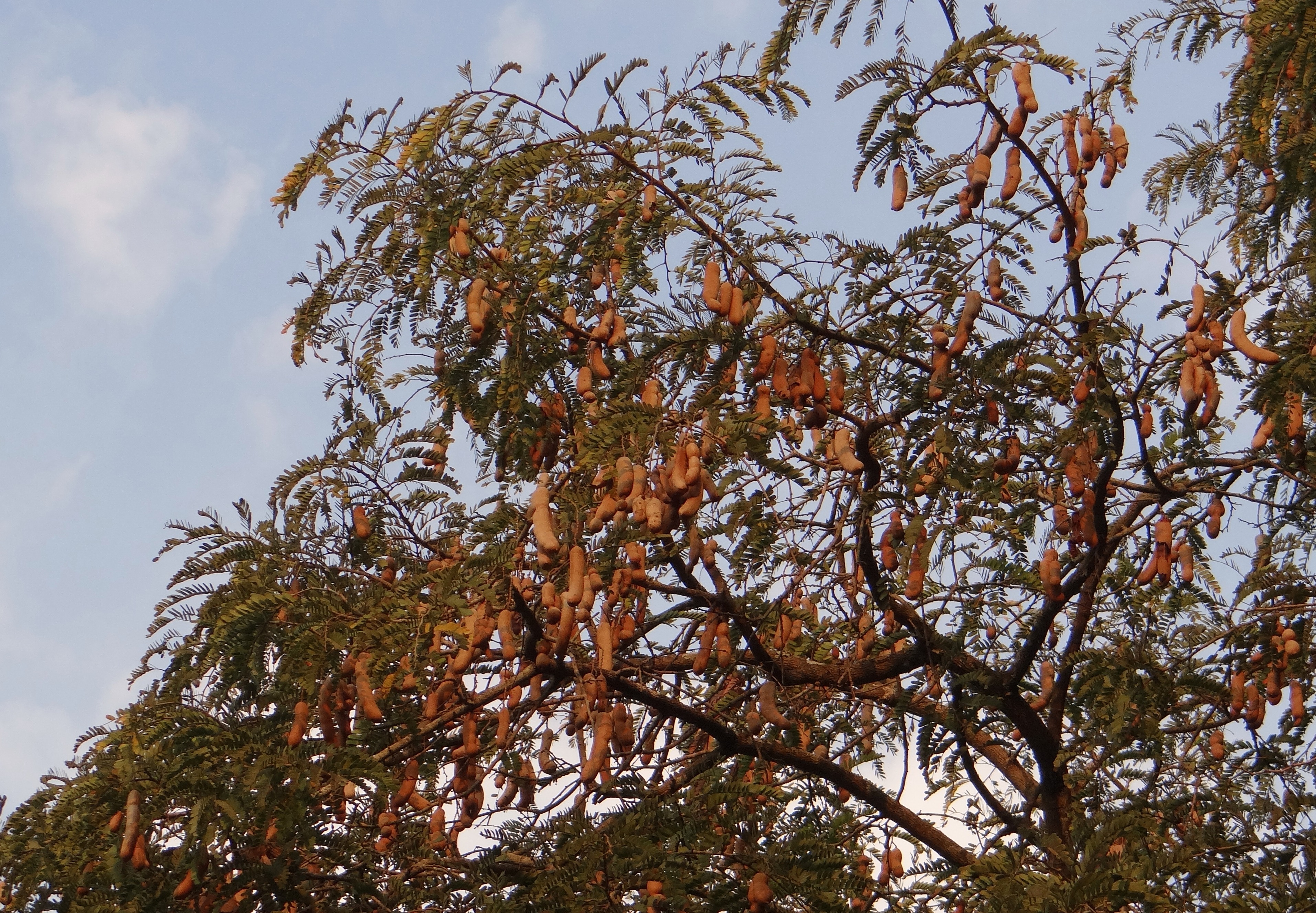


Envu Nt9bjk1sm



M Tech Gardens Rare Sweet Tamarind Tamarindus Indica Edible Fruit Seedling Plant 1 Healthy Live Plant Amazon In Garden Outdoors



Tamarindus Indica The Tamarind Tree 10 Fresh Seeds Etsy In 21 Tamarind Tropical Africa Seeds



Tamarind Tree In Garden Tamarindus Indica Tree Stock Photo Picture And Royalty Free Image Image
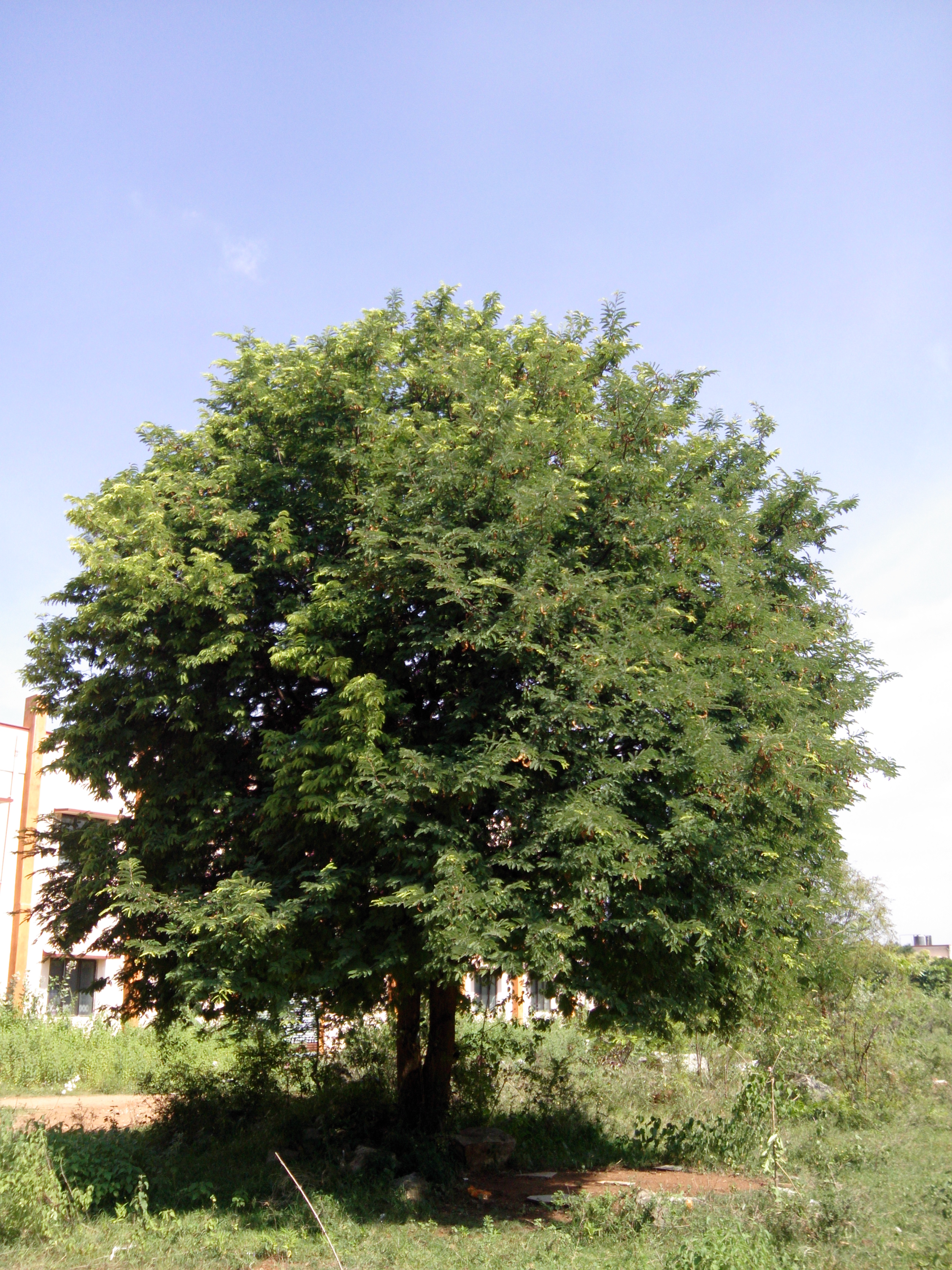


File Tree Of Tamarindus Indica Salem Tamil Nadu India Jpg Wikimedia Commons



Tamarind Tamarindus Indica Tamarind Tamarind Plant Banana Plants
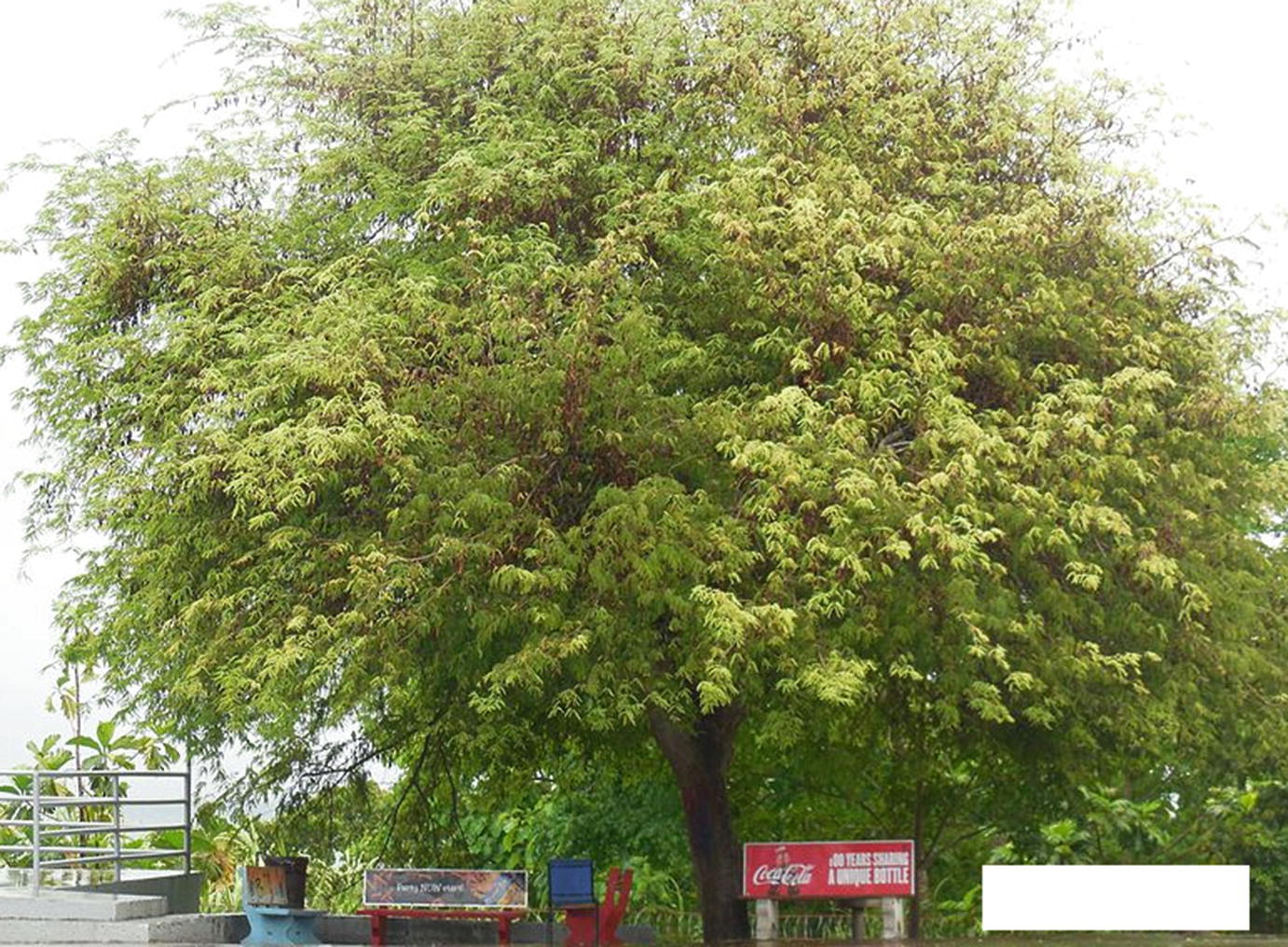


Tamarindus Indica Phytochemical Constituents Bioactive Compounds And Traditional And Medicinal Uses Springerlink



Tamarind Fruit Tree Sow Exotic



Seeds Of Tamarindus Indica Indian Tamerint Tamarind Tree Seeds For Sowing Sold By Hoxem On Storenvy



Tamarindus Indica Tree Tamarind Is A Legume Tree Native To Flickr


Tamarindus Indica Images Useful Tropical Plants
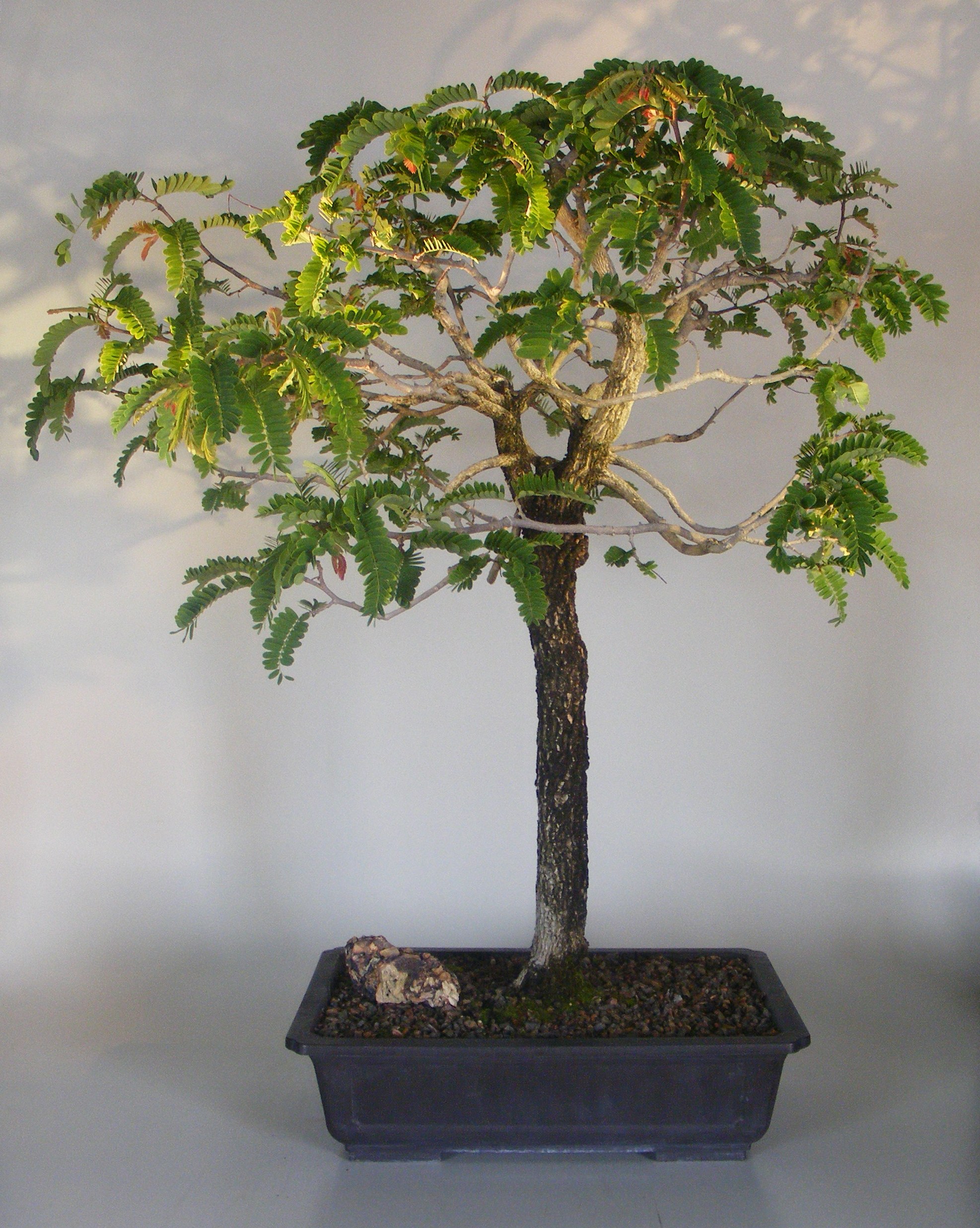


Flowering Tamarind Bonsai Tree Tamarindus Indica



Lalah Bali Tamarindus Indica Isn T She A Beauty At Facebook



M Tech Gardens Rare Sweet Tamarind Tamarindus Indica Edible Fruit Seedling Plant 1 Healthy Live Plant Amazon In Garden Outdoors



Creative Farmer Fruit Seeds Tamarind Imli Or Tamarindus Indica Tree Fruit Seeds Fruit Plant Seeds Fruit Seeds Kitchen Garden Pack Buy Creative Farmer Fruit Seeds Tamarind Imli Or Tamarindus Indica Tree Fruit



Tamarindus Indica Tamarind Tree Trunk In The Indian Countryside Stock Photo Alamy



Tamarind Tree Or Tamarindus Indica With Pods Stock Image Image Of Seeds Polish
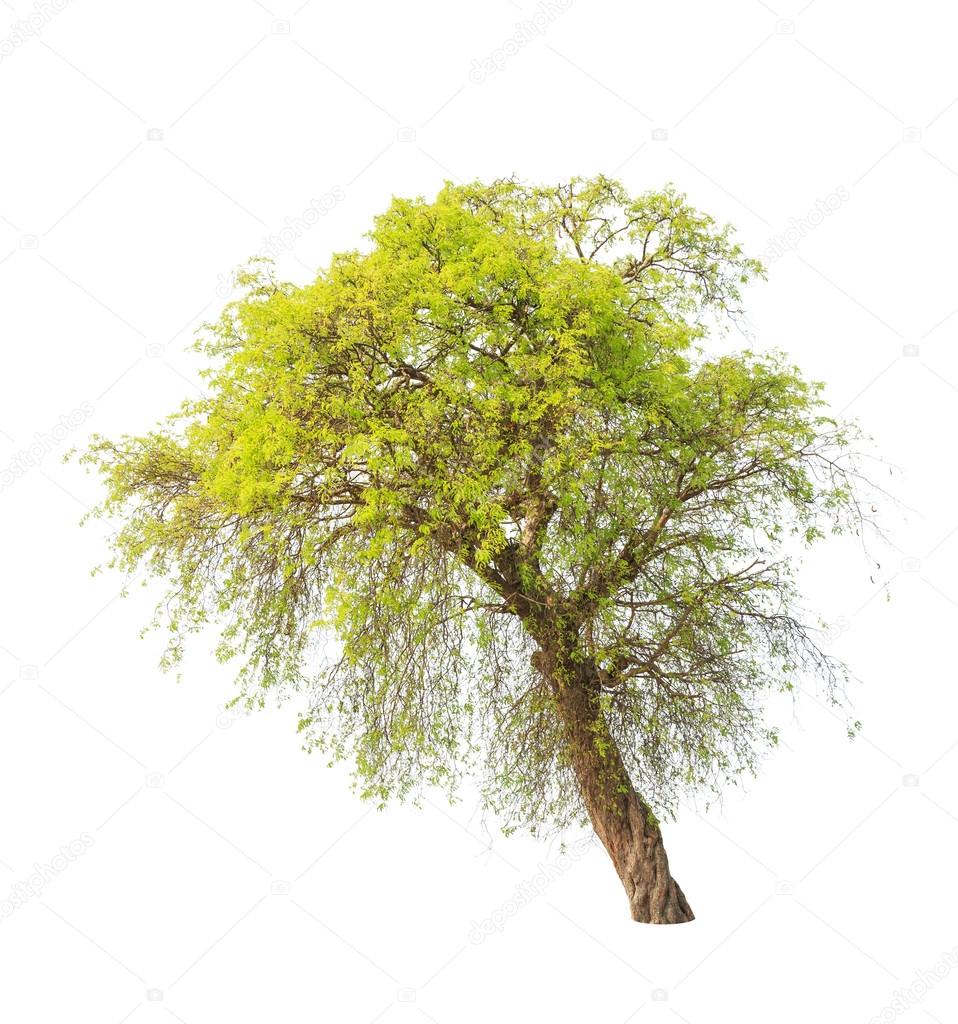


Tamarind Tree Tamarindus Indica Tropical Tree In The Northeast Stock Photo Image By C Ijacky



This Is One Of My Tamarind Trees Tamarindus Indica Grown From De Seed One And A Half Years Old Indoorgarden



Science Source Stock Photos Video Tamarind Tamarindus Indica



Tamarind Tree Tamarindus Indica From Antique Herbal Prints Of Nutmeg Sassafras Pepper Cinnamon Mint Illyustracii Rastenij Tamarind Lekarstvennye Rasteniya



Thirukurugoor Tamarind Tree Page 1 Line 17qq Com
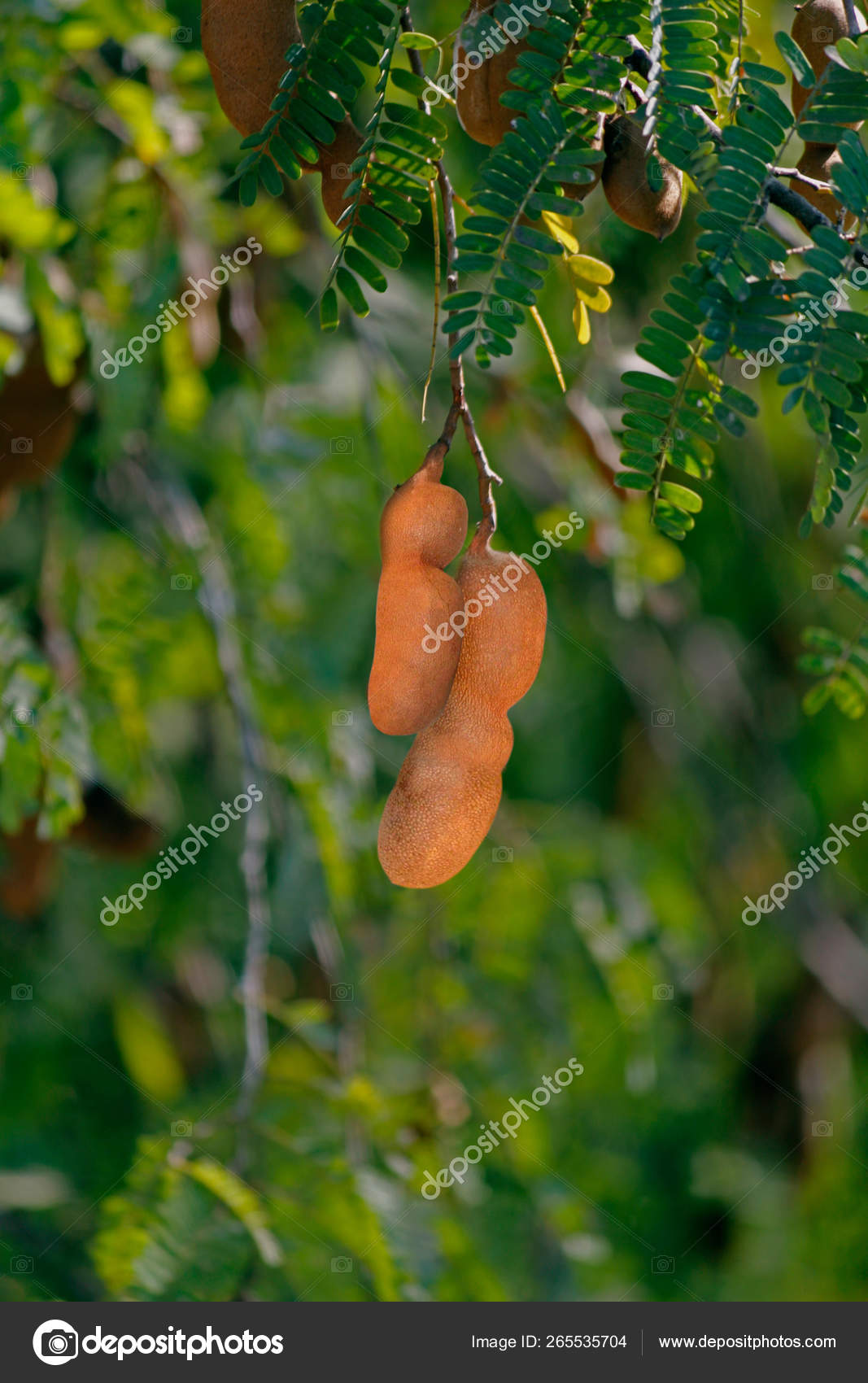


Tamarind Tamarindus Indica Stock Photo Image By C Yogesh More



Amazon Com 10 Seeds Tamarindus Indica Tamarind Tree Orchid Like Flowers Container Or Standard Bonsai Gardening Butterflies And Hummingbirds Love Garden Outdoor



Tamarind Tree Tamarindus Indica Youtube



Tamarind Bonsai Tree Tamarindus Indica Youtube



Tetul Tamarind Tamarindus Indica



Tamarind Tree In Garden Tamarindus Indica Stock Photo Picture And Royalty Free Image Image


Tamarindus Indica Images Useful Tropical Plants



Tamarind Tamarindus Indica Tree Laden With Fruit Pods Stock Photo Image Of Indian Ponds
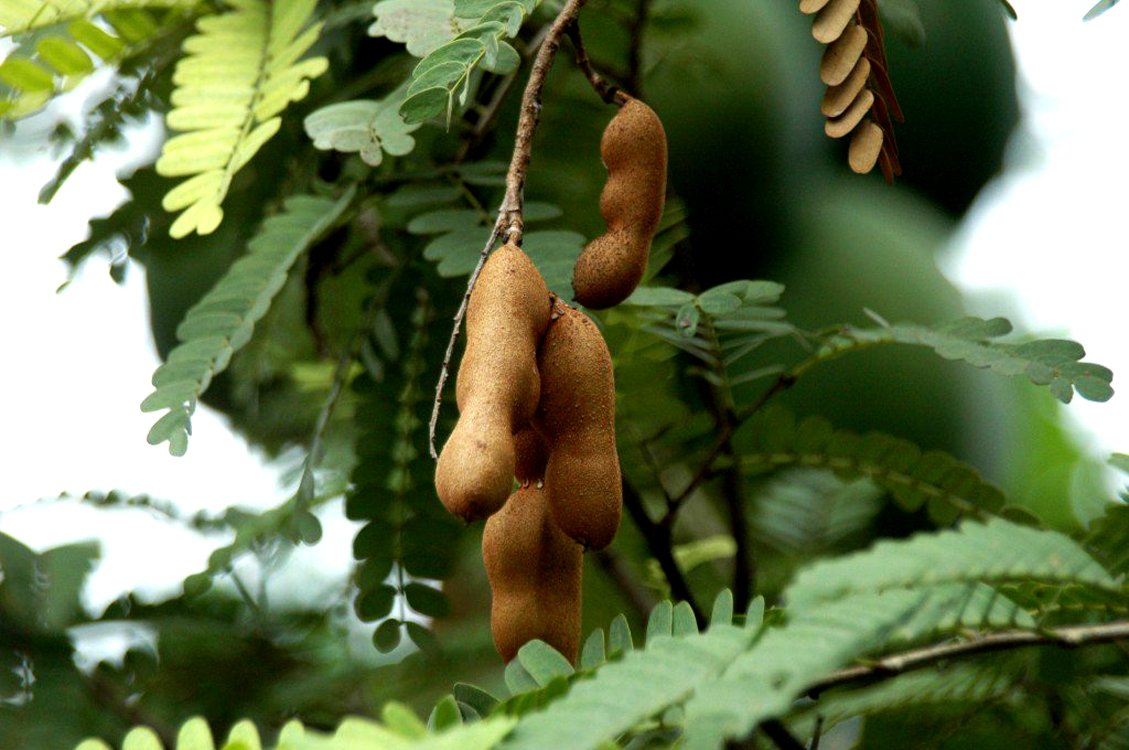


Raj Garden Plants Imli Tamarind Tamarindus Indica Live Fruit Plant Trust The Herb
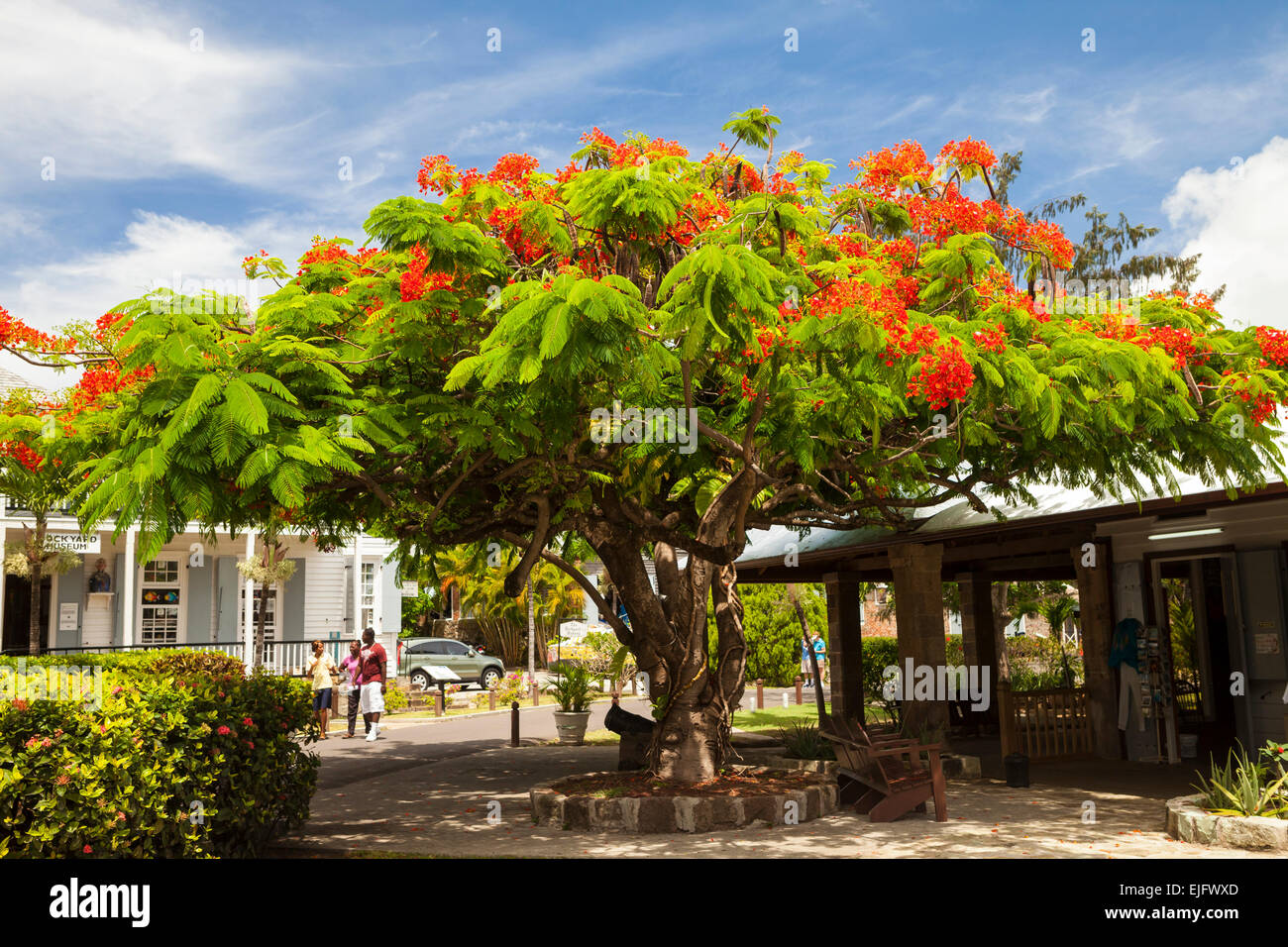


Flowering Tamarind Tree Tamarindus Indica In Nelson 39 S Dockyard Stock Photo Alamy



File Branches Of A Tamarind Tree Jpg Wikimedia Commons



Tamarind Tree Tamarindus Indica Tropical Tree In The Northeast Stock Photo Image By C Ijacky



Pbhkp Tamarindus Indica Tamarind Tree Tropical Edible Fruit Wood Bonsai Seed 15 Seeds Buy Online In Antigua And Barbuda At Antigua Desertcart Com Productid



Tamarindus Indica Or Tamarind Tree شجرة التمر الهندي Buy Online Green Souq Uae


Tamarind Vikipediya



Riverine Parks Sweet Tamarind Tamarindus Indica



Tamarindus Indica Tamarind Fruit Pods Growing On A Tree Stock Photo Alamy



Lushgreen Bonsai Suitable Exclusive Sweet Tamarind Tamarindus Indica Imli Fruit Tree Plant 1 Healthy Live Plant Amazon In Garden Outdoors



Tamarind Tamarindus Indica Ii By Salix Cortex On Deviantart


Tamarindus Indica Tamarind Tree Flowers5 Richard Lyons Nursery Inc


Tamarind Tamarindus Indica American Forests



Tamarindus Indica Fruit Stock Photo Download Image Now Istock



Tamarindus Indica L Page 1 Line 17qq Com
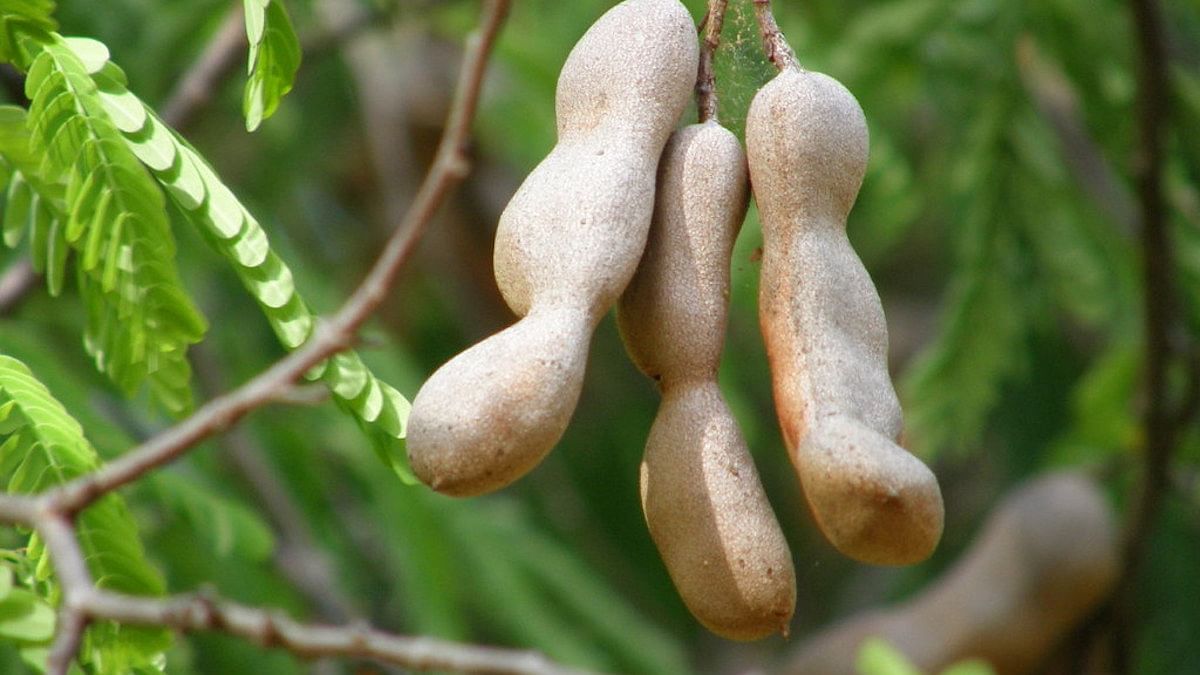


Babur To Wwii To Sonia Gandhi All Connected Through Tamarind Tree In India
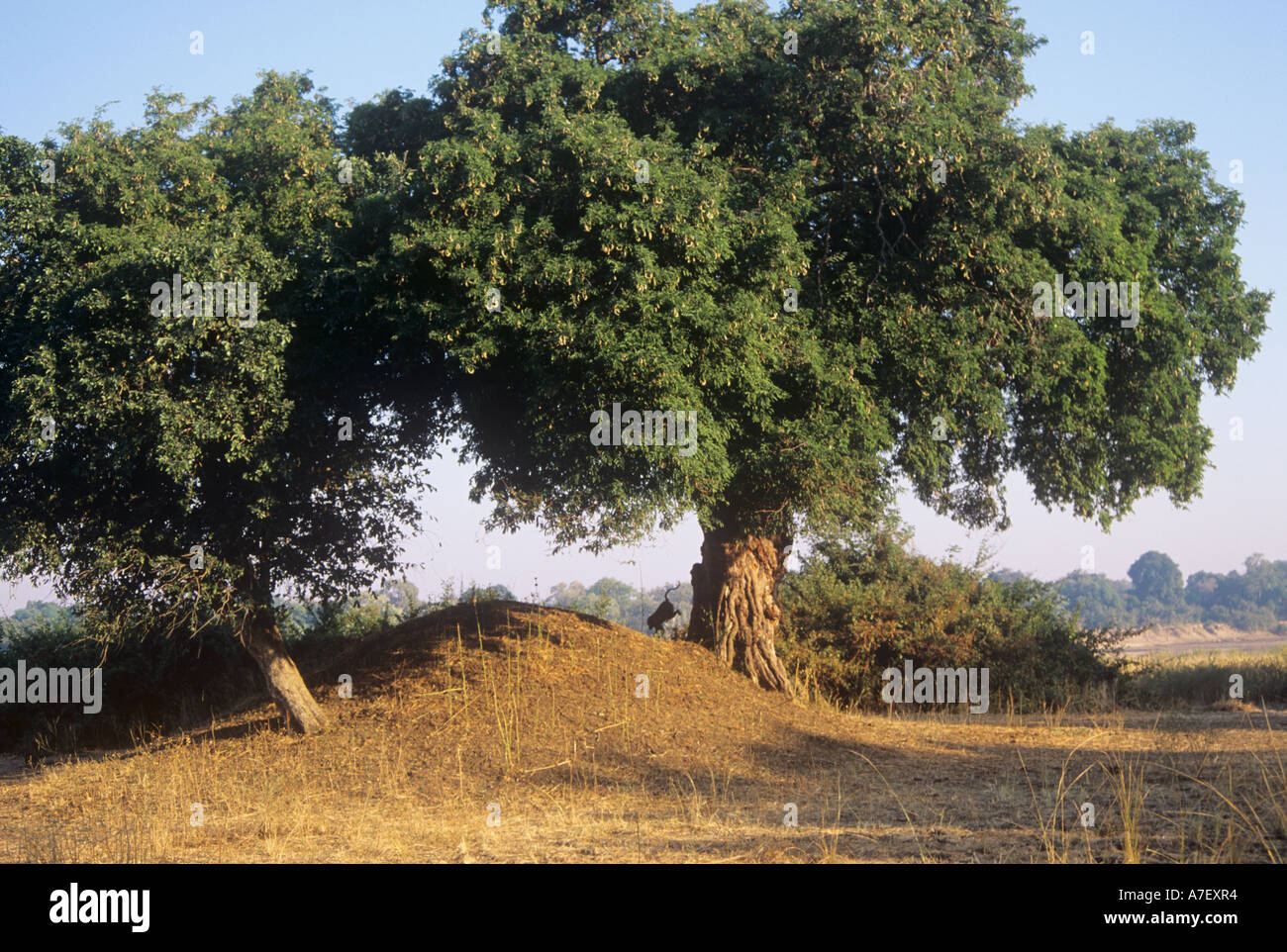


Tamarind Trees Tamarindus Indica Growing In The Zambesi Valley Stock Photo Alamy


Polynesian Produce Stand Manila Sweet Tamarind Tamarindus Indica Spice Tree 2 Small Plants



Tamarindus Indica Asam Jawa Plants Growing Tree Tamarind
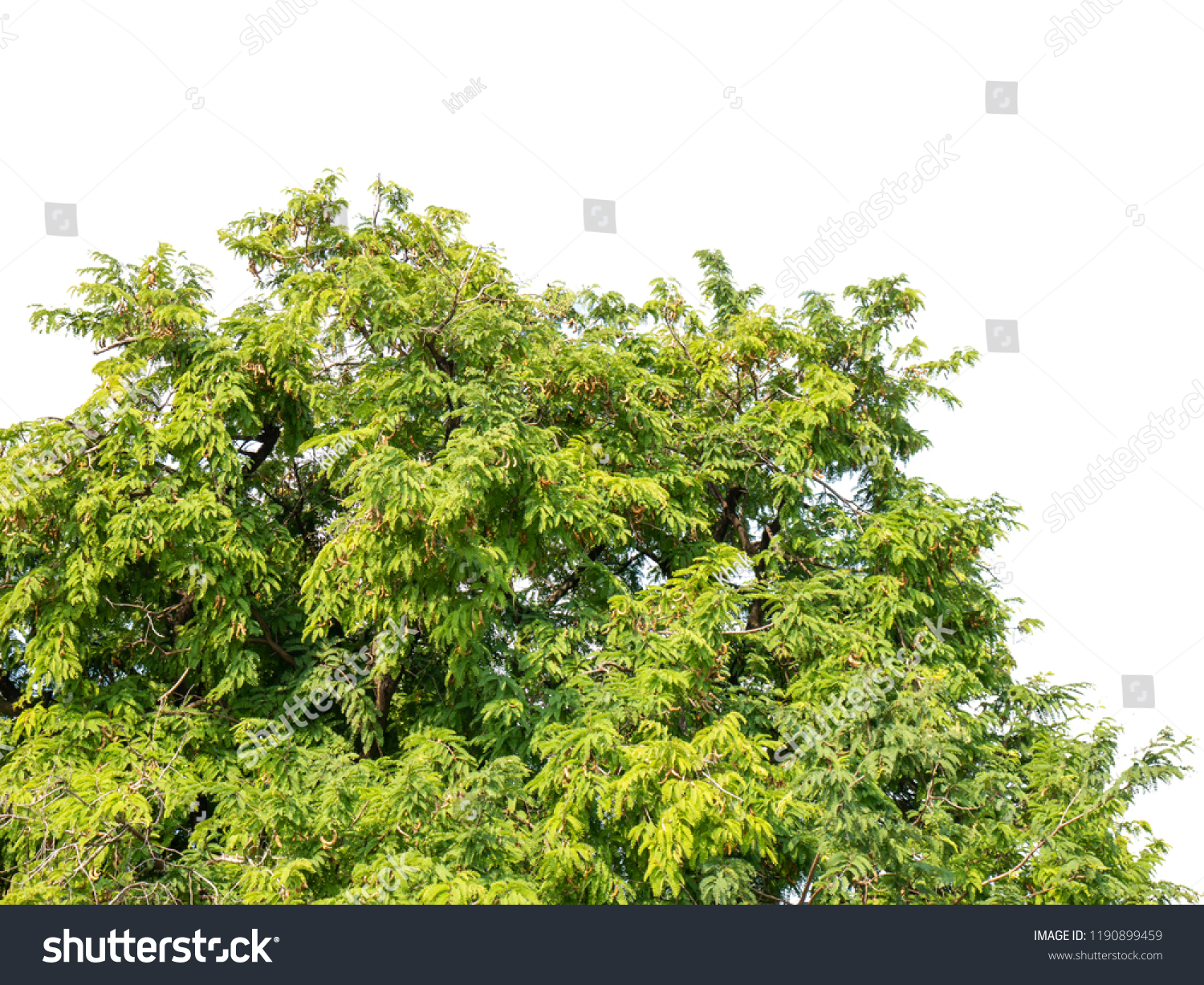


Tamarind Tree Tamarindus Indica Tropical Tree Stock Photo Edit Now



Tamarind Tree Tamarindus Indica Thailand Gosta Knochenhauer Flickr
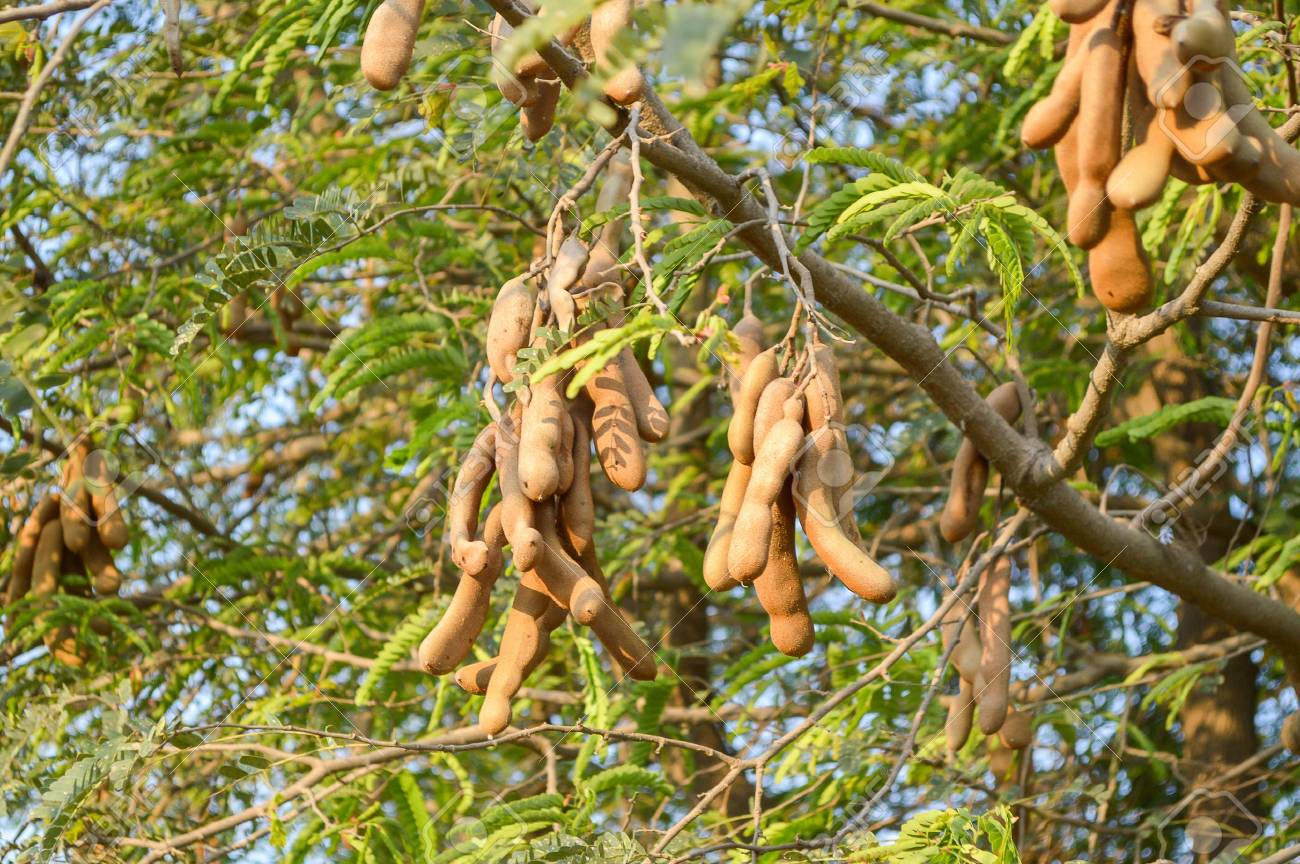


Tamarind Tree In Garden Tamarindus Indica Stock Photo Picture And Royalty Free Image Image



0 件のコメント:
コメントを投稿